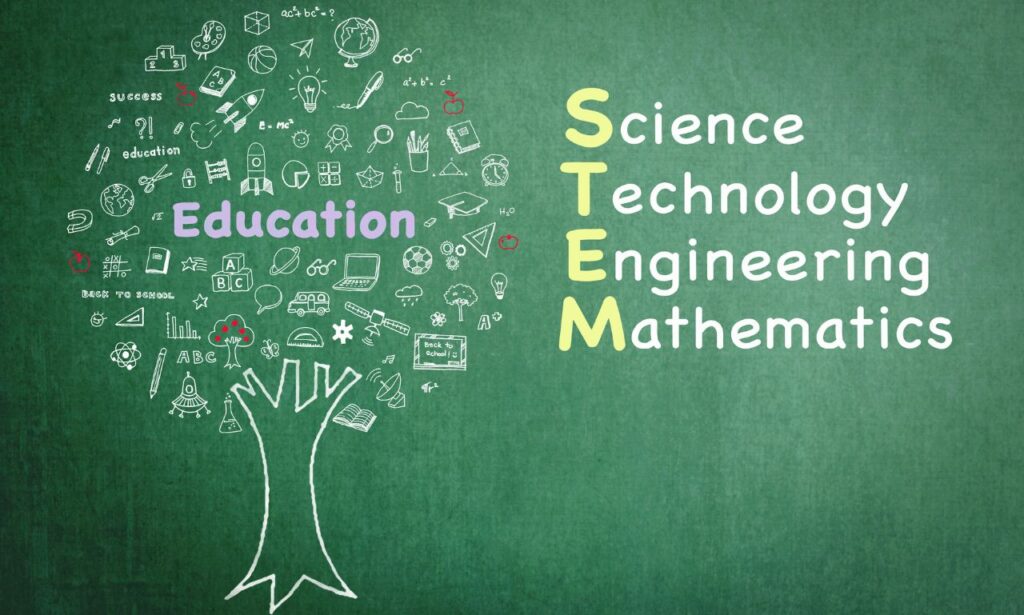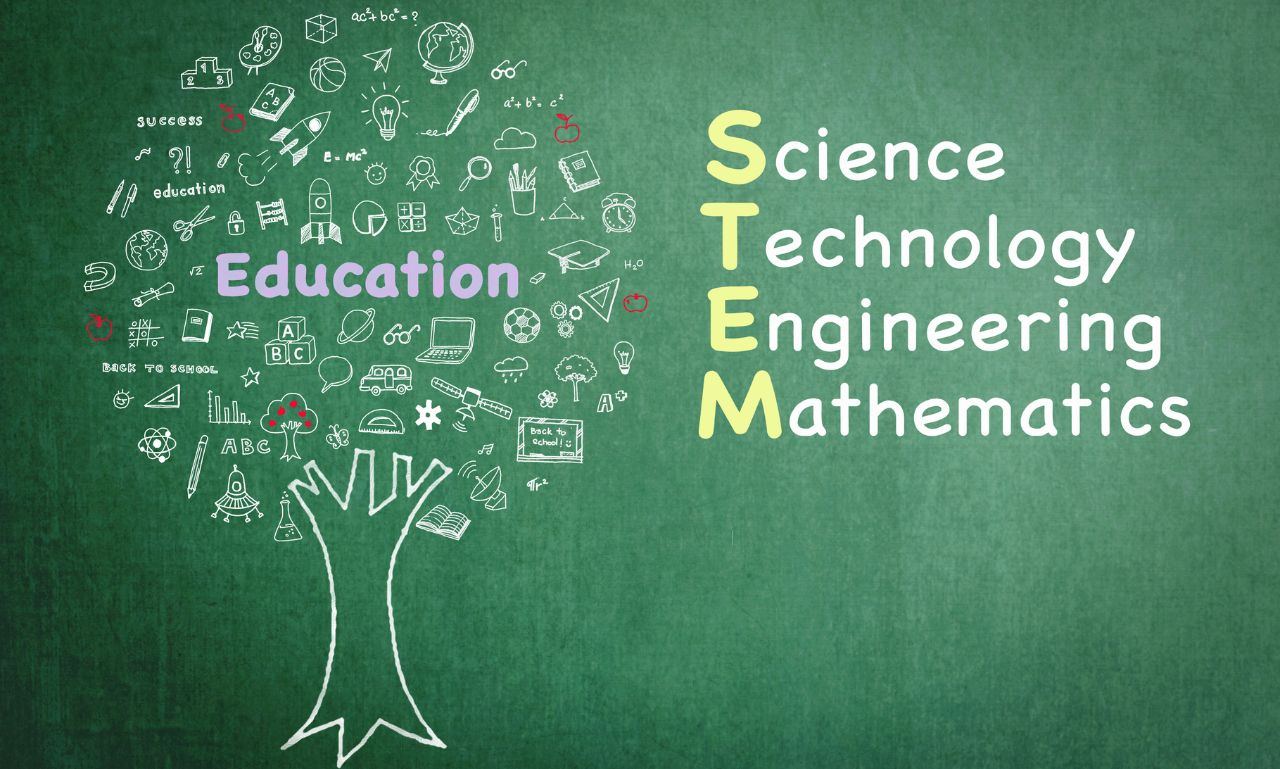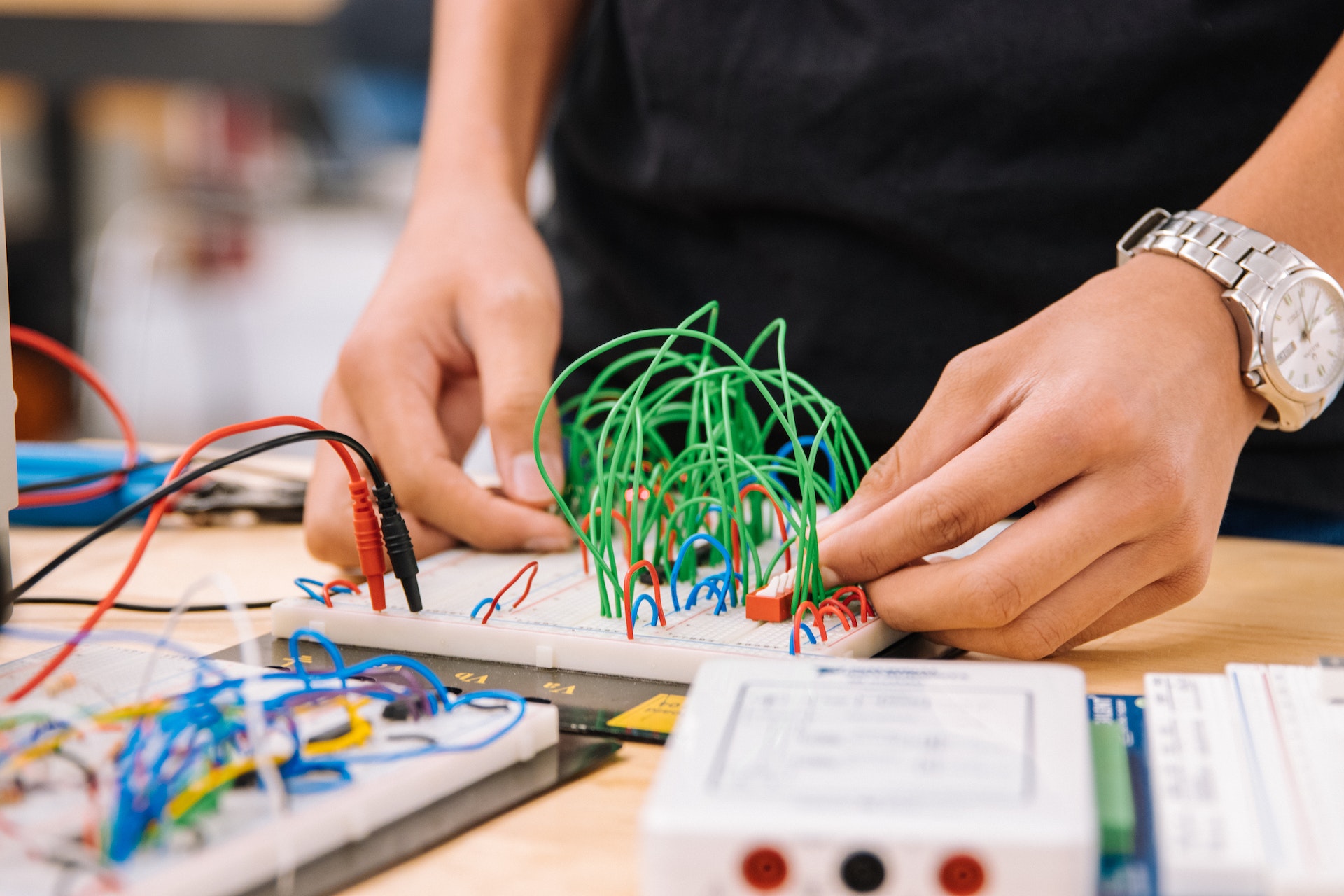In an era progressively dominated by technology and innovation, STEM education is becoming an apparent choice for students. With more students pursuing careers in science, technology, engineering, and math, academic staff must pay attention to accessibility. Often, STEM educational resources are designed, keeping in mind the abilities of a typical student, but this hinders the success of students with disabilities. Accessibility in STEM education is vital as it determines inclusive learning environments for all students. Here, we will explore seven essential ways academic staff can prioritize accessibility for STEM education.

1. Provide Accessible Learning Materials:
Providing accessible learning materials means students with disabilities can quickly access course materials. STEM-related assignments and tests should be available in readable formats. Alternative formats such as audio, Braille, and electronic texts can make STEM education accessible and equitable for all students.
2. Use Accessible Educational Technologies:
Educational technologies can make learning efficient, cost-effective, and engaging for students with disabilities. The problem is that most educational technologies are not fully accessible to students with disabilities. Academic staff must ensure that students with disabilities are provided with the technologies that can magnify and augment their learning opportunities.
3. Promote Universal Design:
The universal design considers the needs of persons with disabilities, making STEM education and learning materials accessible and usable for all students. Academic staff must promote and invest in universal design, increasing the chances of success for students with disabilities and providing a level playing field for all students. Some universal design principles can include flexibility, simple and intuitive use, tolerance for error, low physical effort, etc.
4. Accessible Laboratories:
STEM education may involve laboratory activities that require mobility and visual capabilities. Physical barriers challenge students with disabilities, denying them opportunities to participate in laboratory experiments fully. Academic staff must make provisions to ensure that students with disabilities can access and actively participate in laboratory activities.
5. Captioned Videos:
Captions in videos increase the comprehensibility of STEM education materials. Students with hearing disabilities benefit from captions that convey the instructional content in STEM classrooms. Academic staff can improve students’ performance by providing captioned videos during class lectures.
6. Assistive Devices:
Technological advancements have gifted us with assistive devices, such as screen readers, magnifying software, and speech recognition software. Assistive devices are crucial for promoting accessibility in STEM education for students with disabilities. Academic staff should integrate assistive devices in STEM classrooms for students with visual, mobility, and learning disabilities.
7. Faculty Training:
Faculty training is a crucial driver of creating a shift in mindset towards accessible STEM education. Training can help academic staff to identify the specific accessibility needs of students with disabilities, develop strategies to address these needs and promote an inclusive classroom environment. This encourages a culture of acceptance and respect, making STEM education accessible for all.
How Can You Incorporate Accessibility in STEM Education?
Accessibility for students with disabilities is a prerequisite for creating an equitable and inclusive learning environment. Academic staff must pay attention to the challenges posed by physical and technological barriers, making essential provisions towards removing them. By incorporating the seven steps mentioned above, academic staff can prioritize accessibility in STEM education, propelling opportunities for success for all students.
Conclusion:
STEM education should be accessible and equitable to all students, regardless of their abilities. The academic staff must prioritize accessibility in STEM education to ensure that students with disabilities have equal opportunities to excel in STEM fields. The seven ways mentioned in this post are critical in creating an inclusive and accessible STEM learning environment. Academic staff can leverage these recommendations to build a culture of accessibility, prioritizing inclusion and equity in STEM education.








